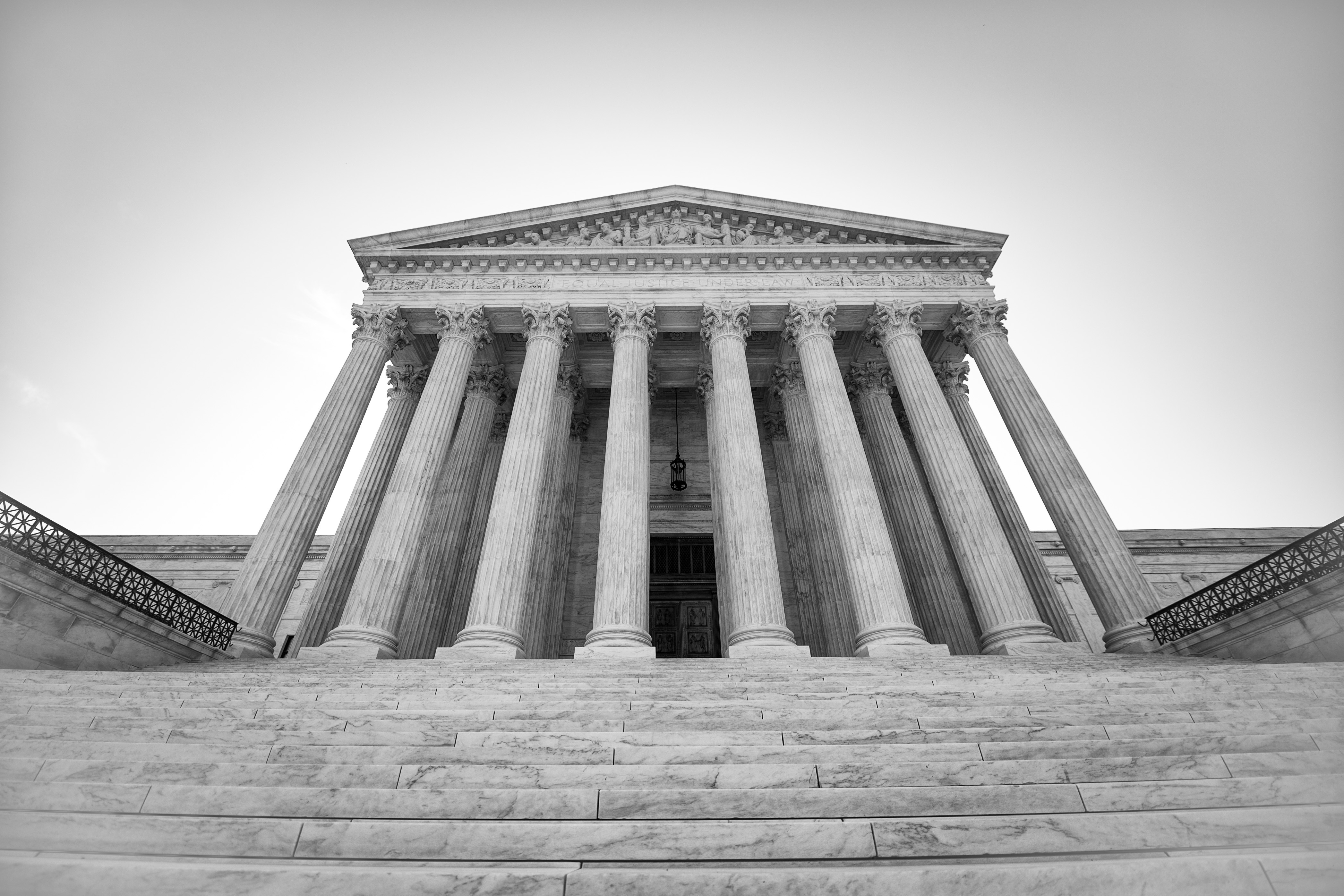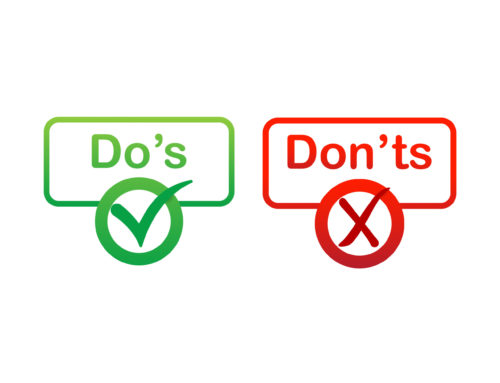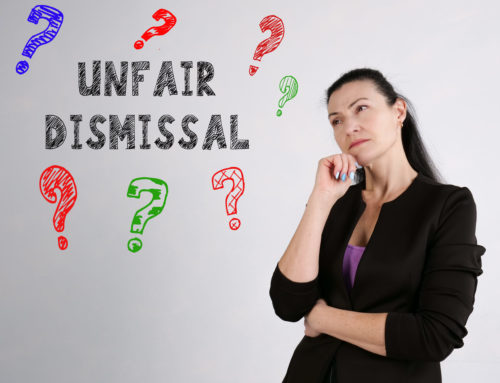Health Care Complaints Commission v Somaey (No. 2) [2021] NSW CATOD 190, 25 November 2021
In the matter of Health Care Complaints Commission v Somaey (No. 2) [2021] NSW CATOD 190, decision dated 25 November 2021 the matter of an earlier decision returned and were decided on the papers in November 2021
As a result, the practitioner was suspended for three months, and conditions were imposed. This is on top of the existing periods of suspension that applied. The aspect of this decision that is of interest to practitioners is that an order was made that the practitioner was to practise under category B supervision.
It is often an issue of contention as to what level of supervision is required for practitioners if supervision is required under the law in each State. It is not uncommon for difficulties to be encountered by practitioners attempting to find supervisors who are willing to supervise within the supervision conditions.
At paragraph 16 of the decision the Tribunal sets out:
“The supervision policy sets out the requirements of a practitioner subject to a supervision condition and specifies the requirements and nature of each category of supervision in a table which relevantly includes the following information under the headings “Type of supervision required”, “Supervisor required to practise at the same practice location as the practitioner?” and “Frequency of reports provided to Council”:
- for category A: direct supervision is required at all times with the supervisor required to practise at the same practice location as the practitioner at all times, and with monthly reports to the Dental Council;
- for category B: the supervisor is to monitor and provide indirect supervision and be readily available to provide advice, assistance or direct supervision as required with the supervisor required to practise at the same practice location subject to availability for off-site supervision by phone in exceptional circumstances, and with quarterly reports to the Dental Council;
- for category C: indirect supervision is required with the supervisor to be contactable by phone for emergencies and attend on occasion to review records and files, and with half yearly reports to the Dental Council.
The relevance of this is that the most onerous supervision is clearly Category A in New South Wales through to Category C, being indirect supervision.
The problem, as is often the case in these New South Wales matters, for all dental practitioners is that in Category B there is a mix of direct and indirect in terms of the language used.
The type of supervision can be modified by the Dental Council in New South Wales if needs be on application, but it is worth spelling out the differences between the actual elements of Category B.
As set out above, the supervisor is to monitor and provide indirect supervision.
If we take that section alone, it means that the supervisor is to monitor (presumably the practice of) the practitioner and provide indirect supervision, meaning that will be available to look at cases and discuss them with the practitioner.
The next provision is that the supervisor be readily available to provide assistance or direct supervision as required.
This of course means that there should be a communication channel available at all times such as telephone, video or some other way of contacting the practitioner. The difficulty with Category B is that the supervisor is also required to practice at the same practice location as the supervised practitioner.
This means of course that it does not mean that the supervisor has to practise full-time at the practice but they must have at least part-time practise at the same practice location and further that is subject to availability for offsite supervision by phone in exceptional circumstances and with quarterly reports to the Dental Council.
These sections create a unique set of circumstances and of course what usually occurs is that the supervisor has to draft a supervision plan to be approved and that will provide evidence in relation to what the supervision is and how it will be conducted
What practitioners sometimes fail to understand is that not only does the supervisor have to be approved in the first instance but also the supervision plan has to be approved before practice can continue and this results often in long periods of time between a decision and a practitioner returning to practise under supervision.
The practitioner prior to the final submissions through her lawyers sent an email from a dentist in relation to the difficulty of finding supervisors who would accept Category B supervision.
The Tribunal admitted this correspondence into evidence and the correspondence essentially stated that the dentist had spoken to other supervisors and neither of them were to agree to supervise with those clauses present. The dentist said that he had already identified his inability to do so as well. The dentist suggested to the practitioner that they consider putting to the Tribunal that you they tried to try and obtain a supervisor but none can be found if the above clauses exist.
The Tribunal gave consideration to this evidence at paragraph 36 of the decision and considered that the evidence was inadequate in relation to the supervision conditions and that the correspondence does not establish the near impossibility of arranging Category B supervision.
It is not clear whether such an impossibility would necessarily have persuaded the Tribunal to order different supervision.
The important lesson for practitioners is that precision of language and understanding of supervision conditions is important and that if one is seeking to run an argument that the conditions as imposed are practically impossible and amount to a constructive suspension, then evidence of the impossibility would need to be greater than contact with two supervisors.
For example, Category B supervision provides that the supervisor is to monitor and provide indirect supervision but be available for direct supervision as required. This would mean that the supervisor is the person in consultation with a practitioner who decides whether direct supervision is required and this is a matter of complexity in the supervision plan. Supervisors in these circumstances take on a significant responsibility which is sometimes not completely obvious to the practitioners agree to the terms of these matters.
It would seem that the biggest obstacle to be surmounted by practitioners with Category B supervision is to find a supervisor who practices at the same practice location because obviously this is going to be more difficult to find a practitioner willing to indirectly supervise if one is in a small practice or indeed if one has practitioners in the practice who are more junior than the practitioner as is often the case, or less experienced or simply for some reason the Dental Council does not find that they are an appropriate person for supervision.
COSTS
The final part of interest in relation to costs in New South Wales, particularly matters of prosecution if not resolved by agreement will follow the decision of Health Care Complaints Commission v Philipiah [2013] NSW CA 342 where the Court set out the following, which has been often cited in disciplinary matters in New South Wales that particularly applies to New South Wales at [45]
The normal price to be paid for a practitioner’s disputing a complaint and losing is that, unless some disentitling conduct be established on the part of the Commission, the practitioner should bear the Commission’s costs, not by way of penalty, but to compensate the Commission for the costs that it has incurred in prosecuting the proceedings in the public interest, over the opposition of the practitioner.
These provisions do not necessarily have corresponding provisions in other states.
As the Dental Council was successful, the Respondent had to pay the Council’s costs. When the Dental Council is unsuccessful, they have been ordered to pay costs.
See for example Holt v Dental Council NSW of NSW (No 2) [2020] NSWCATOD 154 at [31] where the Dental Council was ordered to pay the costs of the Applicant for the stay and the final review which set aside the Council’s decision although not on an indemnity basis.
It is true that I have found that the decision of the delegates of the respondent Council to suspend the registration of the appellant should be set aside without the imposition of any conditions.
However, as I have found, the necessity that this Tribunal be satisfied that it would have been appropriate to have made the orders proposed by the appellant, assuming that the respondent had agreed to them in the context of the overall regulatory scheme does not render the refusal of the respondent to accept the offers as so unreasonable as to justify the awarding of costs on an indemnity basis.





